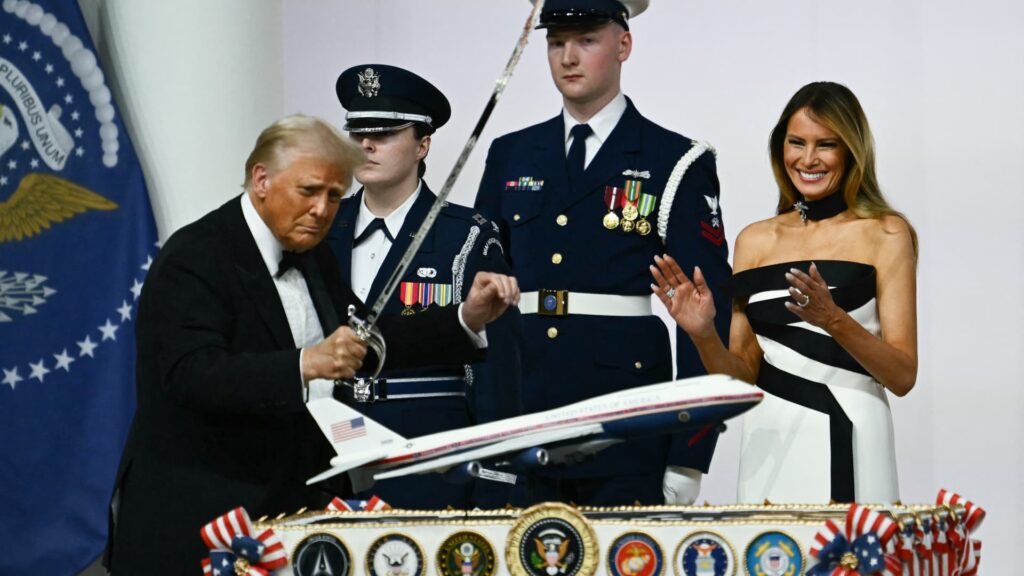
L3 Harris redoing Qatari jet as potential Air Force One after Boeing delays
L3 Harris to Convert Qatari Jet into New Air Force One Amid Boeing Delays
Table of Contents
Current Air Force One Boeing 747 parked at Palm Beach International Airport
Project Overview
In a significant development for presidential aviation, L3Harris Technologies has been tasked with modifying a former Qatari government jumbo jet for potential use as the next Air Force One. This unexpected move comes as the Trump administration seeks alternatives to address ongoing delays in Boeing’s presidential aircraft program.
Key Project Details:
- L3Harris Technologies selected for aircraft modification
- Former Qatari government jumbo jet to be converted
- Project aims to address presidential transport needs
- Alternative solution to Boeing’s delayed program
Boeing Delays and Challenges
The decision to explore alternative options stems from significant delays in Boeing’s original Air Force One replacement program. Boeing’s current contract, established during Trump’s first term, involves retrofitting two 747s for presidential use. However, these aircraft might not be ready before the end of his current term, leading to mounting frustration and the need for alternative solutions.
Boeing Program Challenges:
- Over $2 billion in cost overruns
- Significant delivery delays
- Original timeline compromised
- Quality and safety concerns
L3 Harris Solution
L3Harris Technologies’ involvement represents a strategic pivot in the Air Force One replacement program. The company’s expertise in aircraft modification and defense technology positions them well to handle this high-profile project. The selection of a pre-existing Qatari government aircraft could potentially expedite the delivery timeline while maintaining the rigorous standards required for presidential transport.
Advantages of L3 Harris Approach:
- Experienced in military aircraft modification
- Potential for faster project completion
- Utilization of existing aircraft platform
- Proven track record in defense contracts
Future Implications
This development marks a significant shift in the presidential aircraft procurement strategy. The decision to consider converting an existing aircraft, rather than waiting for new Boeing planes, could set precedents for future government aviation projects. It also highlights the growing importance of flexibility and alternative solutions in major defense contracts.
Strategic Impact:
- Potential new approach to government aircraft procurement
- Emphasis on practical solutions over new builds
- Implications for future defense contracts
- Balance between urgency and security requirements
Related Defense Developments
Despite the Air Force One complications, Boeing continues to maintain a strong relationship with the U.S. military. In March 2025, the company secured a significant contract to develop the next-generation fighter jet, estimated at $20 billion. This demonstrates the complex nature of defense contracting and the ability to maintain multiple major projects simultaneously.
Recent Defense Contracts:
- Boeing awarded next-gen fighter jet contract
- Estimated $20 billion program value
- Advanced fighter capabilities development
- Continued military partnership despite Air Force One delays
As the situation continues to evolve, the involvement of L3Harris Technologies in the Air Force One program represents a pragmatic approach to addressing immediate presidential transport needs while maintaining the high standards required for such a critical aircraft. The success of this alternative solution could influence future government procurement strategies and highlight the importance of adaptability in major defense projects.






